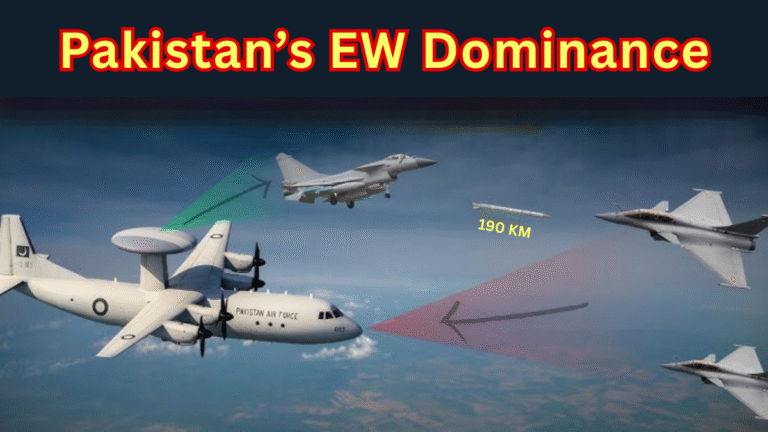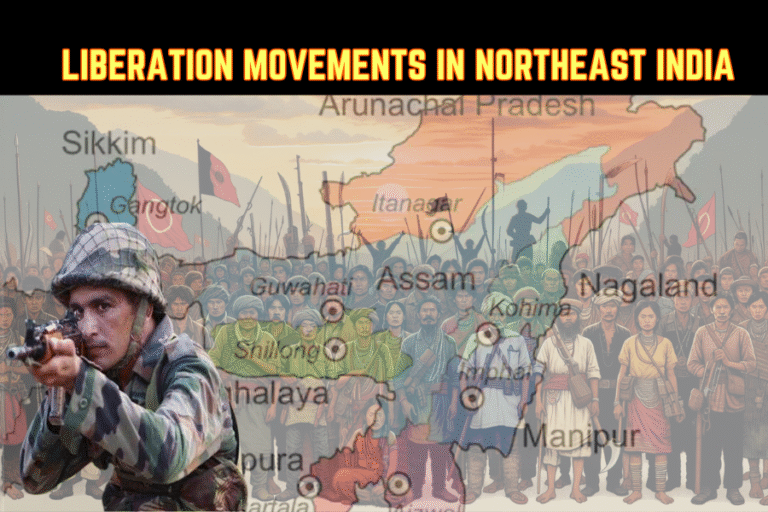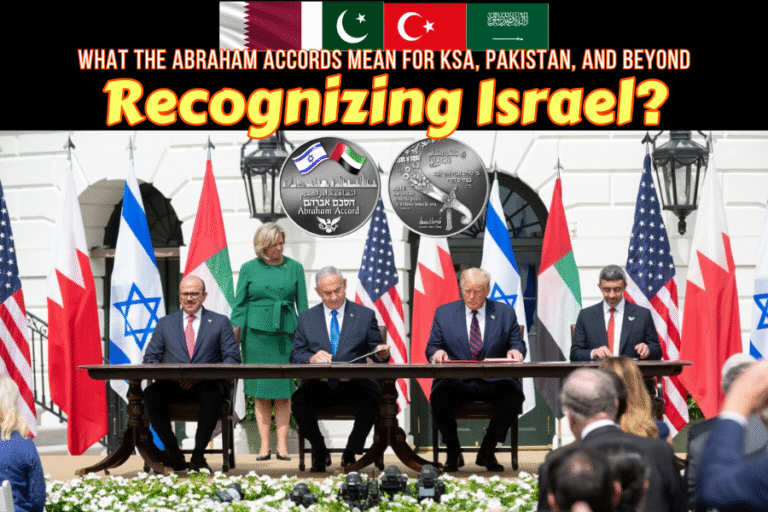(Ayesha Mahnoor)
Introduction
On July 17, 2025, Uzbekistan, Afghanistan, and Pakistan signed a landmark intergovernmental agreement in Kabul to develop a feasibility study for the Trans-Afghan Railway, a 681-kilometre line linking Termez in Uzbekistan to Kharlachi in Pakistan via Afghanistan’s Naibabad, Maidan Shar, and Logar regions. This initiative, hailed as a breakthrough by Deputy Minister of Transport Jasurbek Choriev, ranks as Uzbekistan’s second most strategically important project after the China-Kyrgyzstan-Uzbekistan (CKU) railway. For instance, the agreement promises to slash cargo transit times from 35 days to 3-5 days and cut costs by 40%, potentially handling over 20 million tons annually. However, the project remains at the feasibility stage, with route mapping, geological surveys, and economic assessments underway. Consequently, this essay explores the railway’s historical background, reasons for its current state, geopolitical implications, economic benefits, challenges, and future prospects, underscoring its role in fostering regional stability and connectivity in a volatile South and Central Asia.
Historical Background
The idea of a Trans-Afghan Railway dates back to the 19th century, when British colonial rulers in India contemplated rail links to Central Asia to counter Russian influence in the Great Game. For example, the British-built Peshawar-Kabul line in 1885 aimed to facilitate trade and military movement, but it stopped short of Afghanistan due to tribal resistance and geopolitical rivalries. Post-independence, Pakistan and Afghanistan explored rail connections in the 1950s, but the 1965 Indo-Pak War and Soviet invasion of Afghanistan in 1979 halted progress.
The modern project emerged in 2018 as part of Uzbekistan’s push for regional connectivity under President Shavkat Mirziyoyev. For instance, a tripartite meeting in Tashkent that year proposed the line to link Central Asia’s landlocked economies to Pakistani ports like Karachi and Gwadar. Afghanistan’s then-President Ashraf Ghani endorsed it, seeing it as a way to transform the country into a trade hub. However, the Taliban’s 2021 takeover delayed negotiations. Despite this, talks resumed in 2022, with a roadmap signed in Islamabad that December. The July 2025 agreement builds on this, with Uzbekistan leading the feasibility study funded by a $20 million multilateral grant. Thus, the railway’s history reflects enduring efforts to overcome colonial legacies and modern conflicts for economic integration.
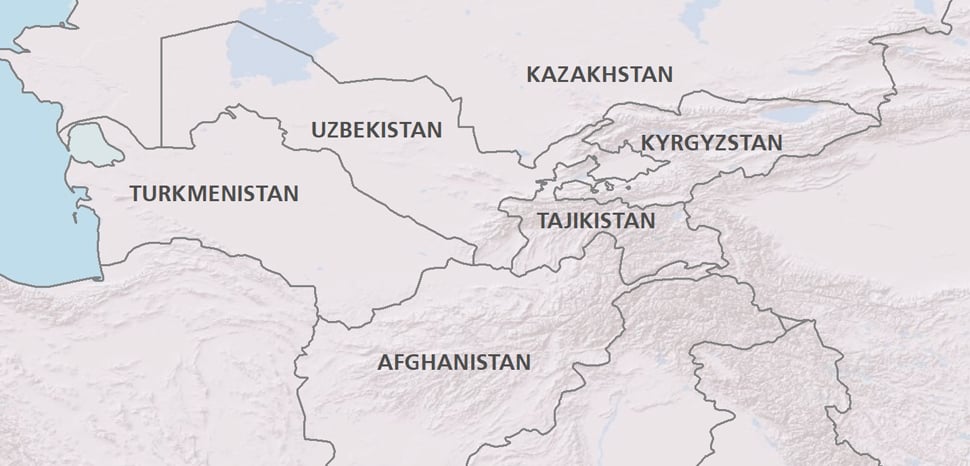
Project Details and Scope
The Trans-Afghan Railway spans 681 km from Termez, Uzbekistan, to Kharlachi, Pakistan, passing through Afghanistan’s Mazar-i-Sharif, Kabul, and Logar provinces. For example, the route includes challenging terrain, requiring tunnels and bridges to navigate the Hindu Kush mountains. The project, estimated at $4.8 billion, aims to connect Uzbekistan’s rail network to Pakistan’s, providing Central Asia access to the Arabian Sea. Additionally, it integrates with CPEC, allowing Uzbek goods to reach Gwadar Port.
The feasibility study, signed on July 17, 2025, covers technical, economic, and environmental assessments. Uzbekistan’s Ministry of Transport will oversee it, with completion expected by December 2025. For instance, the agreement specifies a broad gauge track to match Pakistan’s system, facilitating seamless cargo transfer. Once operational, the railway could transport minerals, oil, and agricultural products, boosting Afghanistan’s transit revenue. Pakistan’s Foreign Ministry called it a “game-changer,” while Afghanistan’s Taliban administration views it as a path to legitimacy through economic development.
Reasons for the Current Feasibility Stage
The Trans-Afghan Railway’s current feasibility stage stems from a mix of political, security, and financial hurdles. First, Afghanistan’s instability under Taliban rule since 2021 has deterred investors. For example, the Taliban’s international isolation and lack of recognition by most countries, including the U.S. and EU, complicate funding. The 2020 Doha Agreement’s failure to stabilize Afghanistan led to ongoing insurgency pockets, making construction risky.
Second, geopolitical rivalries delay progress. Russia and Iran, competing for Central Asian trade routes, have expressed reservations. For instance, Iran’s Chabahar Port project with India aims to bypass Pakistan, viewing the Trans-Afghan line as a threat. China, through CPEC, supports the project but insists on integration with its Belt and Road Initiative (BRI). Uzbekistan’s eagerness stems from diversifying away from Russian routes, especially post-Ukraine war sanctions.
Third, financial constraints are significant. The $4.8 billion cost requires multilateral funding, but Western donors hesitate due to Taliban human rights abuses, particularly against women. For example, the World Bank’s 2023 suspension of Afghan projects limits access to loans. Uzbekistan has secured $20 million for the study from the Islamic Development Bank, but full financing remains uncertain. Thus, the project’s feasibility stage reflects cautious optimism amid these barriers.
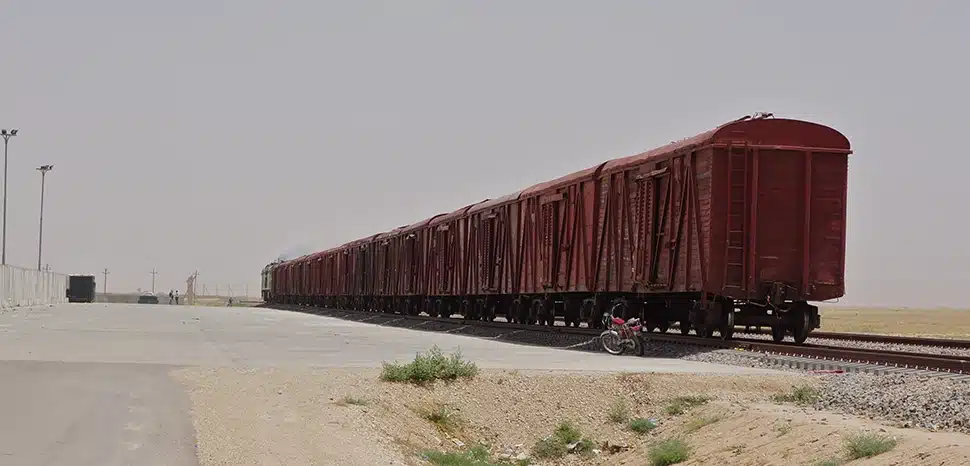
Geopolitical Implications
The Trans-Afghan Railway holds profound geopolitical significance, reshaping power dynamics in Central and South Asia. For instance, it counters China’s BRI dominance by offering an alternative route for Uzbek exports to global markets via Pakistan. Uzbekistan, landlocked and dependent on Russian transit, gains independence, as Choriev noted in a July 2025 interview. Pakistan benefits from transit fees and CPEC synergy, strengthening its role as a regional hub.
However, the project navigates complex alliances. Russia’s influence in Uzbekistan wanes, with Moscow viewing it as a U.S.-backed initiative, per TASS reports. Iran fears competition with its north-south corridor. India, Pakistan’s rival, opposes the line, fearing it bolsters Pakistan’s economy. For example, India’s Chabahar investments aim to access Central Asia via Iran, bypassing Pakistan. The Taliban’s involvement adds controversy, as Western nations demand human rights concessions for funding. Thus, the railway could foster peace by economically integrating Afghanistan or exacerbate tensions if funding disputes arise.
Economic and Strategic Benefits
Economically, the railway promises transformative gains. For Uzbekistan, it reduces transit costs by 40% and time from 35 to 3-5 days, boosting exports like cotton and uranium. Afghanistan could earn $1 billion annually in transit fees, funding infrastructure under Taliban rule. Pakistan gains access to Central Asian markets, with Gwadar Port handling 20 million tons of cargo yearly.
Strategically, the project enhances regional stability. For example, it promotes Afghanistan’s role as a trade bridge, potentially reducing extremism by creating jobs. Pakistan’s integration with Central Asia strengthens its economy, countering India’s regional influence. Uzbekistan’s diversification from Russia aligns with EU energy goals, as the line could transport Turkmen gas. Overall, the railway fosters economic interdependence, deterring conflicts in a volatile region.
Challenges and Obstacles
Security remains the primary challenge. For instance, Afghanistan’s ongoing insurgency and Taliban infighting pose risks to construction. The route through Logar, a Taliban stronghold, requires guarantees against attacks. Financial hurdles are acute; the $4.8 billion cost exceeds Afghanistan’s GDP. Uzbekistan seeks funding from China, Qatar, and the UAE, but Western donors demand Taliban reforms, like women’s rights, per UN reports.
Geopolitical obstacles abound. Russia’s opposition, viewing it as a Western ploy, could delay approvals. India’s Chabahar route competes directly, potentially lobbying against funding. Environmental concerns, such as mountain ecosystems, require assessments. Moreover, Taliban governance issues, including corruption, risk project delays. Thus, overcoming these barriers demands diplomatic finesse and international cooperation.
Future Prospects
The Trans-Afghan Railway’s future hinges on feasibility outcomes and regional stability. If completed by 2030, it could generate $5 billion in annual trade, integrating Central Asia with South Asia. For example, Uzbekistan’s gas exports to Pakistan could reduce energy costs, fostering economic ties. Afghanistan’s transit role may incentivize Taliban reforms, attracting aid.
However, prospects depend on security. A stable Taliban regime, as in 2025’s Kabul agreement, is crucial. Geopolitically, U.S. support via USAID grants could accelerate progress, countering China’s BRI. Russia’s Ukraine commitments may reduce interference. Future trajectories include:
- Optimistic: Full funding by 2026 leads to construction, boosting GDP by 2-3% for involved nations.
- Moderate: Delays to 2035 due to funding gaps, with partial routes operational.
- Pessimistic: Escalating Taliban instability halts the project, mirroring past failures.
Overall, the railway’s success could reshape Eurasia, promoting peace through prosperity.
Lessons for Third World Countries
The Trans-Afghan Railway offers lessons for third world nations. For instance, Pakistan’s role in securing the agreement demonstrates how strategic partnerships with Uzbekistan and China can counter isolation from rivals like India. Smaller nations should diversify alliances, as Uzbekistan did, to reduce dependence on single powers. However, Afghanistan’s challenges highlight the risks of internal instability in attracting investment. Investing in infrastructure, like Pakistan’s CPEC, enhances soft power. Moreover, diplomatic persistence, as in the July 2025 signing, ensures breakthroughs despite obstacles. Thus, third world countries must balance economic ambition with political stability in global projects.
Conclusion
The Trans-Afghan Railway, signed on July 17, 2025, represents a bold step toward Central Asian connectivity, linking Uzbekistan to Pakistan via Afghanistan. Its historical roots in colonial ambitions and post-Soviet proposals underscore enduring trade aspirations. The current feasibility stage reflects Afghanistan’s instability, funding hurdles, and geopolitical rivalries, but economic benefits like cost reductions and trade boosts promise prosperity. Challenges, including security and environmental concerns, must be addressed for success. Future prospects hinge on stability, with potential to reshape Eurasia by 2030. Third world nations can learn from Pakistan’s diplomatic role, emphasizing partnerships and resilience in regional initiatives.



